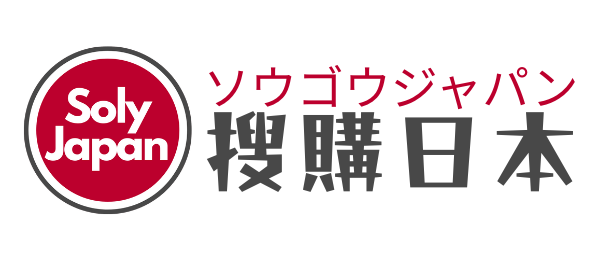FAQ|Japanese Sustainable Fashion
Q1: What is “sustainable fashion”?
It’s a practice that considers environment and social impact across design, materials, production, transport, use, and end-of-life. Examples: GOTS organic cotton (9-jour), recycled polyester (BRING), washi fibers (Syncs.Earth), natural indigo dyeing (Takarajima Senkou), fair trade (People Tree), local manufacturing (CASA FLINE), and upcycling (YEAH RIGHT!!, PLASTICITY). The goal: durable, repairable, and recyclable pieces to cut waste and footprint.
Q2: How can I tell if a product is truly sustainable?
Look for third-party standards: GOTS (People Tree, 9-jour), bluesign®, OEKO-TEX®, or RCS/GRS (BRING). Check brand transparency on material sourcing (e.g., Itoshiro Yohinten organic cotton), manufacturing locations, repair info, and published reports. Avoid greenwashing—claims without data. Circular models like Syncs.Earth and PLASTICITY’s umbrella-fabric reuse offer traceability.
Q3: Is sustainability only about eco materials?
No. It also covers fair trade and wages (People Tree), preserving craft (Itoshiro Yohinten), animal welfare (e.g., vegan options by 9-jour), and lower logistics footprints (CASA FLINE’s light packaging). Natural dyes (Takarajima Senkou), upcycling (YEAH RIGHT!!), PET recycling (BRING), and biodegradable design (Syncs.Earth) make garments kinder to people and planet—while staying wearable and long-lasting.
Q4: Can’t find a sustainable brand or flavor?
If it’s missing under “Sustainable Fashion”, message us on WhatsApp SolyJapan will assist.











